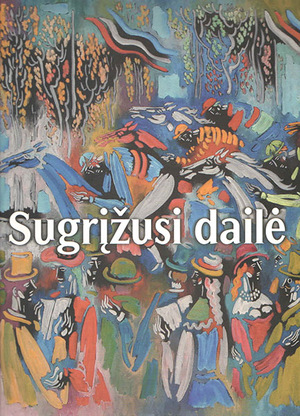Discovered time and gifts of exile 0
In brief: The idea of the author to write this text was born while reading the novel of the French literature classic Marcel Proust In Search of Lost Time (seven parts of the novel were published in 1913-1927). The issue of time is the main and central theme in creative work of exile artists too. Making an experiment, the author strives to check in the article whether it is possible to form the analysis method of visual art from the verbal story of the aforementioned novel, which would enable to reveal the specifics of exodus art and which would have borders at the same time preventing the dipping of the life and art works (paintings, sculptures, films) of Lithuanian diaspora in mythology.
The author makes a supposition that the works of M.Proust and Lithuanian exodus artists represent the turning of “chronos” (profane, quotidian) time to “chairos” (sacred) time, having in mind the definitions used by the cultural scientist Mircea Eliade in his book The Sacred and the Profane (1957).
It may be noticed while reading the novel of M. Proust and while looking at works of exodus artists (starting with Jacques Lipchitz and ending with Ray Bartkus, Žilvinas Kempinas, and other contemporary artists) that the man tends to forget almost all places and time. The non-verbal moments, which shocked or astonished the man, are the most memorable. As a result, visual works and verbal stories are among the methods of self-therapy and regaining of psychic equilibrium.
The parallels between the novel of M. Proust and the artworks of exodus artists reveal that art of Lithuanian exiles is a method to rediscover the Lithuanian experience which tortures the artists in memory.
Thus, the novel of M. Proust, as a theoretic approach for the analysis of Lithuanian exiles’ art, opens up the possibilities of ontological and psychological look.









